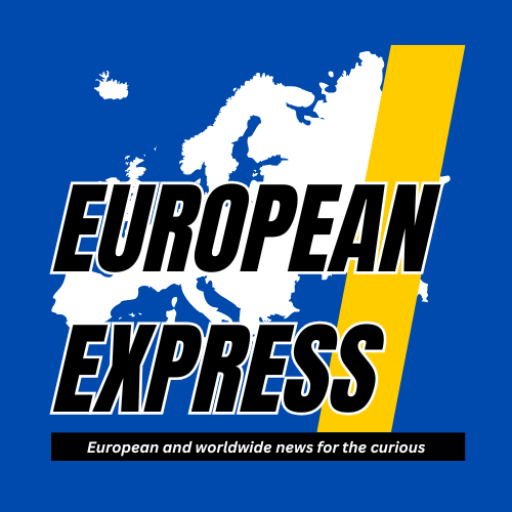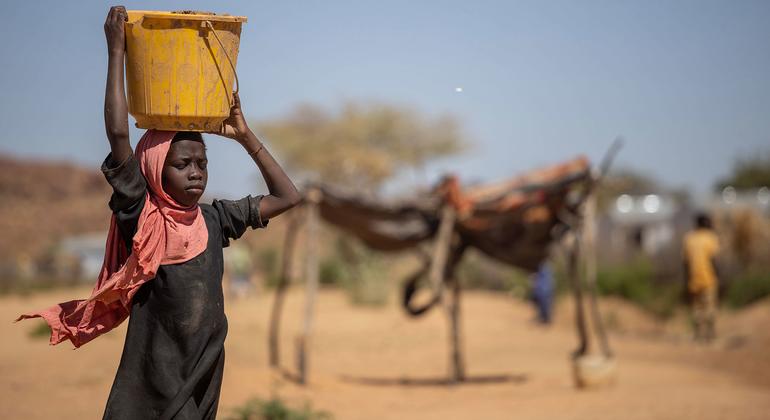Media freedom in Europe is under increasing pressure from political, commercial, and digital forces, according to the Media Pluralism Monitor 2024 (MPM2024), published today by the Centre for Media Pluralism and Media Freedom at the European University Institute.
Now in its tenth edition, the MPM2024 finds that no European country is free from risks to media pluralism. Despite legal frameworks that ostensibly protect freedom of expression and journalistic rights, enforcement remains inconsistent, and media environments across the continent are becoming more hostile to independent reporting.
Mounting Threats to Journalism
The report’s findings are stark. Journalists across Europe are increasingly vulnerable to precarious employment, surveillance, digital harassment, and physical threats. The rise in Strategic Lawsuits Against Public Participation (SLAPPs), alongside abusive content moderation practices by online platforms, contributes to a climate of fear and self-censorship.
In several countries—including Spain, the Netherlands, and Turkey—journalists have faced arrest. France, once considered a lower-risk country, saw its risk score for Fundamental Protection rise from 24% to 32% due to violence and arbitrary arrests. Surveillance through spyware and the targeting of female journalists with online hate speech, often from political actors, is also on the rise.
Concentrated Ownership and Economic Pressures
The MPM2024 identifies growing market concentration—particularly in digital media—as a severe threat to media plurality. A handful of technology platforms, notably Google and Meta, dominate both audience engagement and advertising revenue, making it increasingly difficult for independent and local media to compete.
Transparency in media ownership remains insufficient in many countries, and editorial independence is being undermined by media owners with vested political and business interests. The report classifies editorial independence as reaching a “historic high-risk level,” a trend that threatens the credibility and autonomy of European journalism.
Underrepresentation and News Deserts
The report also highlights persistent inequalities in media representation. Gender equality in the sector is rated as high risk, with women frequently portrayed in stereotypical roles and underrepresented in leadership. Minority voices continue to be marginalized, especially in private commercial media. Local and community media are particularly fragile, with many regions facing “news deserts”—areas where reliable, locally focused journalism is nearly nonexistent.
Why Independent Outlets Like The European Times News Matter
In the face of these alarming trends, the role of independent news outlets has never been more critical. The European Times News, founded in 2020, is a standout example. As a digital publication focused on European and international affairs, it champions media plurality, freedom of expression, and the amplification of underrepresented voices.
Operating outside the pressures of commercial advertising and political patronage, The European Times News has reached circa two million readers and published more than 16,000 articles in just a few years. Its commitment to accessible, rights-focused journalism makes it a vital counterbalance to the increasingly concentrated and politicized European media landscape.
As policymakers and civil society digest the findings of the MPM2024, the message is clear: support for independent, transparent, and inclusive journalism is essential to safeguarding democracy. The European Times News exemplifies how digital platforms can still serve the public good—offering space for investigative reporting, critical voices, and the protection of fundamental rights.
The full Media Pluralism Monitor 2024 and individual country reports are available on the Centre for Media Pluralism and Media Freedom website: cmpf.eui.eu.








